Financialization
The Latest

What’s in a Name? Investors vs. Speculators
We don’t often make a clear distinction between investors and speculators, which makes it harder to identify harmful behavior—and to find solutions for it.
Explore Articles in this Topic
Search & Filter Within this Topic
filter by Content Type
filter by Date Range
search by Keyword

Blockbusting the Big Boys: Bill Would Ban Hedge Funds from Owning Single-Family Homes
The End Hedge Fund Control of American Homes Act is an ambitious attempt to keep private equity’s influence out of single-family homes. If passed, the bill will need ownership transparency to be effective.
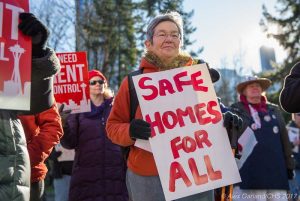
‘Renters Are Struggling’: Economists Back Tenant-Led Push for Federal Rent Control
“We have seen corporate landlords—who own a larger share of the rental market than ever before—use inflation as an excuse to hike rents and reap excess profits beyond what should be considered fair and reasonable.”

Tenants Rights Advance in California
Reaction to the housing crisis in California has led to a series of gains for tenants, including a new Renters’ Caucus.

Egg Prices and Rents—What Do They Have in Common?
Avian flu gave companies cover to price gouge. Could the attention to lack of housing supply do the same for landlords?

Building Tenant Power: A Growing Movement Rises in Baltimore
Tenant organizing in Baltimore today is building on a rich legacy of tenant resistance in the city where residential redlining made its debut.
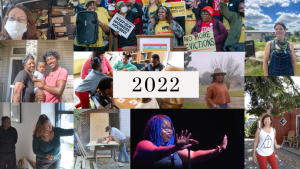
Shelterforce’s Top 10 Stories of 2022
Background explainers, affordability restrictions, and race and belonging topped the list of our most-read pieces of the year.

Is Everything in Your Lease Legal? Quite Possibly Not
Some leases plainly contradict state law or include questionable, punitive, or egregiously anti-tenant clauses.
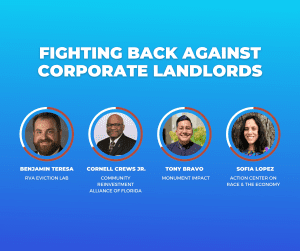
Fighting Back Against Corporate Landlords—A Shelterforce Webinar
Shelterforce recently hosted a conversation about how to fight, and win, against corporate landlords and their extractive business models. Watch the video or read the transcript.
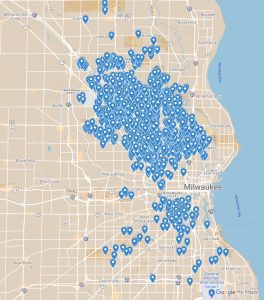
Corporate Landlords Profit from Segregation, at Cost of Black Homeownership and Wealth
As more and more affordable homes are gobbled up by corporate landlords, prospective Black homebuyers are seeing opportunities for homeownership dry up.

When Landlords Hide Behind LLCs
It’s difficult to know who owns a property because corporate landlords and investors tend to structure their business as limited liability companies, or LLCs.

Unmasking the Property Owners
There’s a reason land ownership is a matter of public record—but at the moment the records we have aren’t actually doing the job.
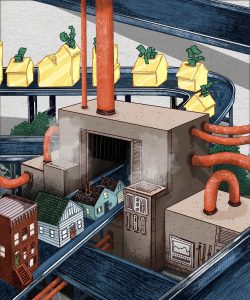
The Financialization of Housing and Its Implications for Community Development
Over the last two decades homeowners and investors have increasingly treated housing as a financial asset, like stocks or bonds. How has this changed the housing market for the worse, and how can we fix it?
